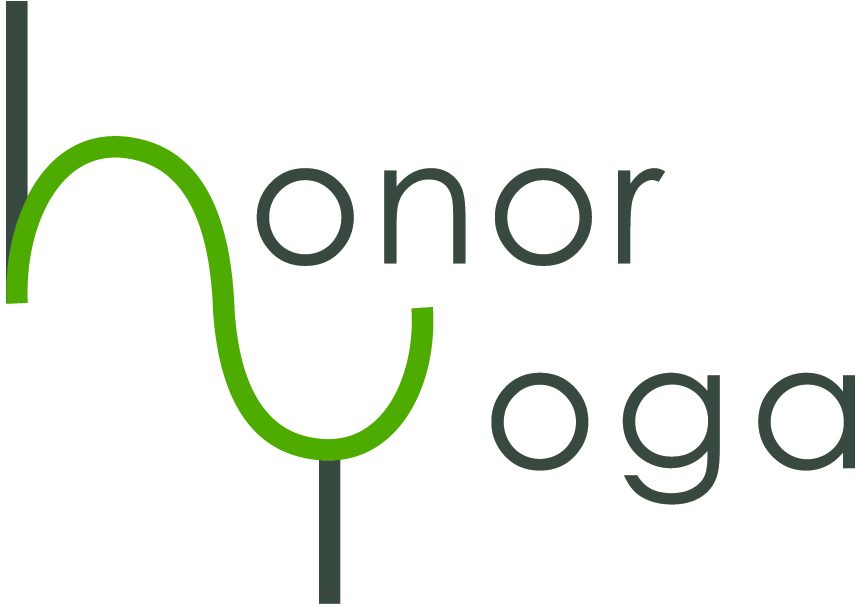4.2- Muscle Roles and Types of Contraction 2
Step One: Watch the video.
The Learning Objectives for this lesson are:
AP4.2.1: Given multiple choices from which to choose, trainee will identify definitions of the following descriptive terms for muscle roles, with at least 85% accuracy:
- Antagonist
- Eccentric
- Agonist
- Concentric
AP4.2.2: Given pictures of yoga poses, trainee will identify the location of the following muscle roles the following terms and definitions that describe the different roles of skeletal muscles, with at least 85% accuracy:
- Antagonist
- Eccentric
- Agonist
- Concentric
Step Two: Take the quiz.
Ready to move on?
Once you feel you’re able to meet the learning objectives above, take this lesson’s quiz to move on to the next lesson.
4.1- Muscle Roles and Types of Contraction 1
Step One: Watch the video.
The Learning Objectives for this lesson are:
AP4.1.1: Given multiple choices from which to choose, trainee will identify definitions of the following descriptive terms for muscle roles and types of contraction, with at least 85% accuracy:
AP4.1.2: Given pictures of yoga poses, trainee will identify the location of the following terms that describe the different roles and types of contraction of skeletal muscles, with at least 85% accuracy:
Step Two: Take the quiz.
Ready to move on?
Once you feel you’re able to meet the learning objectives above, take this lesson’s quiz to move on to the next lesson.
3.3- Introduction to Muscle Function 3
Step One: Watch the video.
The Learning Objectives for this lesson are:
AP3.3.1: Given two pictures of yoga poses, and multiple options from which to choose, trainee will identify the location of the following parts of a lever used to initiate the movement indicated, with at least 85% accuracy:
AP3.3.2: Given a picture of a yoga pose, and a specific desired movement or stability, trainee will identify, from a list of options, strategies for achieving the desired effect via direct muscular action, leverage, gravity, or external force, with at least 85% accuracy.
Step Two: Take the quiz.
Ready to move on?
Once you feel you’re able to meet the learning objectives above, take this lesson’s quiz to move on to the next lesson.
3.2- Introduction to Muscle Function 2
Step One: Watch the video.
The Learning Objectives for this lesson are:
AP3.2.1: Given two pictures of yoga poses, and multiple options from which to choose, trainee will identify areas of the body that are brought closer to each other, via muscular contraction, to initiate the movement indicated, with at least 85% accuracy.
AP3.2.2: Given two pictures of yoga poses, and multiple options from which to choose, trainee will identify areas of the body that are kept close to each other, via muscular contraction, to maintain stability during the movement indicated, with at least 85% accuracy.
Step Two: Take the quiz.
Ready to move on?
Once you feel you’re able to meet the learning objectives above, take this lesson’s quiz to move on to the next lesson.
3.1- Introduction to Muscle Function 1
Step One: Watch the video.
The Learning Objectives for this lesson are:
AP3.1.1: Given multiple choices from which to choose, trainee will recall characteristics of the following structures, with at least 85% accuracy:
- Skeletal muscle
- Muscle fibers
- Muscle fascicles
- Smooth muscle
- Cardiac muscle
AP3.1.2: Given multiple choices from which to choose, trainee will identify the relationship as stated, between muscle fibers, muscle fascicles, and skeletal muscles, with at least 85% accuracy.
Step Two: Take the quiz.
Ready to move on?
Once you feel you’re able to meet the learning objectives above, take this lesson’s quiz to move on to the next lesson.
2.3- Components of Joints 3
Step One: Watch the video.
The Learning Objectives for this lesson are:
AP2.3.1: Given multiple choices from which to choose, trainee will identify definitions of the following terms that relate to components of joints, including a basic understanding of their composition and function, with at least 85% accuracy:
- Connective Tissue
- Cartilage
- Joint Capsule
- Synovial Membrane
- Synovial Fluid
- Ligament
- Tendon
- Muscle
- Periosteum
Step Two: Take the quiz.
Ready to move on?
Once you feel you’re able to meet the learning objectives above, take this lesson’s quiz to move on to the next lesson.
2.2- Components of Joints 2
Step One: Watch the video.
The Learning Objectives for this lesson are:
AP2.2.1: Given multiple choices from which to choose, trainee will identify definitions of the following terms that relate to components of joints, including a basic understanding of their composition and function, with at least 85% accuracy:
- Spine
- Process
- Tuberosity
- Facet
- Demi-Facet
Step Two: Take the quiz.
Ready to move on?
Once you feel you’re able to meet the learning objectives above, take this lesson’s quiz to move on to the next lesson.
2.1- Components of Joints 1
Step One: Watch the video.
The Learning Objectives for this lesson are:
AP2.1.1: Given multiple choices from which to choose, trainee will identify definitions of the following terms that relate to components of joints, including a basic understanding of their composition and function, with at least 85% accuracy:
- Joint
- Bone
- Range of Motion
- Articulating Surface
Step Two: Take the quiz.
Ready to move on?
Once you feel you’re able to meet the learning objectives above, take this lesson’s quiz to move on to the next lesson.
